Buy the photo Alkmaar windmills during sunset by Jeroen de Jongh Photography on canvas, ArtFrame, poster and wallpaper, printed on demand in high quality.
About "Alkmaar windmills during sunset"
by Jeroen de Jongh Photography
About the artwork
String mills B and E are oak octagonal polder mills built between 1627 and 1630. The mills are so-called grondzeilers. Strijkmolens do not drain polders, but grind the water from one boezem to another. Strike mills B and E are two of the four remaining mills on the Molenkade, and milled the water from various polders to the Schermerboezem. In 1941, the ironmills lost their function when the Raaksmaatsboezem was merged with the Schermerboezem.
A total of 14 smith mills stood there, six on the Molenkade in Oudorp (also called the Six Wheels Mills, according to some because there used to be six wheels to operate sluices, others state that at the time there was only one (overflow) sluice and the extended boezem there was also not navigable, possibly the designation was used because there used to be six paddle wheels together), four behind Oudorp and four near Rustenburg.
Dutch mills played a crucial role in land reclamation throughout the Netherlands, especially in areas below sea level. They were used to pump water from polders, low-lying pieces of land enclosed by dykes, making them suitable for agriculture or habitation. They have a rich history, dating back to the days when windmills were vital to the Dutch landscape. Today, many windmills in the Netherlands are preserved as historical monuments, serving as reminders of the country's long-standing struggle against water and its innovative technical solutions.

About Jeroen de Jongh Photography
I'm Jeroen, and I'll spare you the long introduction. ;) If you're looking for a landscape photo for your wall, you've come to the right place... Read more…
 Netherlands
Netherlands Ordered in August 2024
Ordered in August 2024
 Germany
Germany Ordered in September 2019
Ordered in September 2019
 Netherlands
Netherlands Ordered in December 2021
Ordered in December 2021
 Netherlands
Netherlands Ordered in August 2022
Ordered in August 2022
 Germany
Germany Ordered in November 2019
Ordered in November 2019
 Netherlands
Netherlands Ordered in August 2017
Ordered in August 2017
 Netherlands
Netherlands Ordered in October 2019
Ordered in October 2019
 Germany
Germany Ordered in December 2019
Ordered in December 2019
 Germany
Germany Ordered in November 2024
Ordered in November 2024
 Netherlands
Netherlands Ordered in February 2023
Ordered in February 2023
 Germany
Germany Ordered in April 2020
Ordered in April 2020
 Netherlands
Netherlands Ordered in May 2023
Ordered in May 2023
About the material
ArtFrame™
Interchangeable Art Prints
- High-quality print
- Easily interchangeable
- Acoustic function
- Large sizes available
Discover the artworks of Jeroen de Jongh Photography
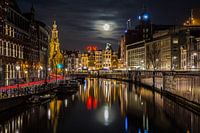 Full moon at the flower marketJeroen de Jongh Photography
Full moon at the flower marketJeroen de Jongh Photography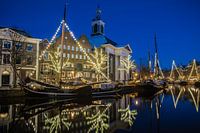 Lange HavenJeroen de Jongh Photography
Lange HavenJeroen de Jongh Photography Scheveningen PierJeroen de Jongh Photography
Scheveningen PierJeroen de Jongh Photography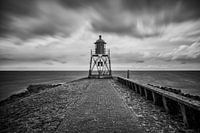 Lighthouse StavorenJeroen de Jongh Photography
Lighthouse StavorenJeroen de Jongh Photography April 25th BridgeJeroen de Jongh Photography
April 25th BridgeJeroen de Jongh Photography OosterdokJeroen de Jongh Photography
OosterdokJeroen de Jongh Photography Climb to the lightJeroen de Jongh Photography
Climb to the lightJeroen de Jongh Photography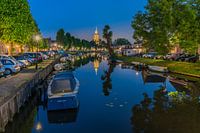 MonnickendamJeroen de Jongh Photography
MonnickendamJeroen de Jongh Photography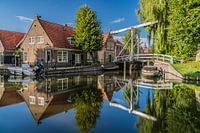 Zonnepad MonnickendamJeroen de Jongh Photography
Zonnepad MonnickendamJeroen de Jongh Photography Mill de Vlinder on a misty morning in the BetuweJeroen de Jongh Photography
Mill de Vlinder on a misty morning in the BetuweJeroen de Jongh Photography Town Hall of Gouda at the MarketJeroen de Jongh Photography
Town Hall of Gouda at the MarketJeroen de Jongh Photography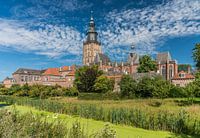 Swans at the skyline of ZutphenJeroen de Jongh Photography
Swans at the skyline of ZutphenJeroen de Jongh Photography Quiet autumn morning in the park of Groeneveld CastleJeroen de Jongh Photography
Quiet autumn morning in the park of Groeneveld CastleJeroen de Jongh Photography Magical sunrise at the Amstelveense PoelJeroen de Jongh Photography
Magical sunrise at the Amstelveense PoelJeroen de Jongh Photography Sunrise in the cherry blossom park of the Amsterdamse BosJeroen de Jongh Photography
Sunrise in the cherry blossom park of the Amsterdamse BosJeroen de Jongh Photography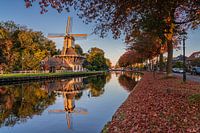 The last autumn sunlight on Mill 't HaantjeJeroen de Jongh Photography
The last autumn sunlight on Mill 't HaantjeJeroen de Jongh Photography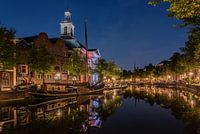 Peace and quiet at Schiedam's Lange HavenJeroen de Jongh Photography
Peace and quiet at Schiedam's Lange HavenJeroen de Jongh Photography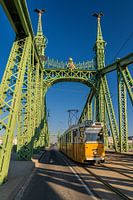 Tram 47 passes over the Freedom Bridge in BudapestJeroen de Jongh Photography
Tram 47 passes over the Freedom Bridge in BudapestJeroen de Jongh Photography Rapeseed at sunrise in Werk aan de GroenewegJeroen de Jongh Photography
Rapeseed at sunrise in Werk aan de GroenewegJeroen de Jongh Photography Sunset at the Tower of Ransdorp in AmsterdamJeroen de Jongh Photography
Sunset at the Tower of Ransdorp in AmsterdamJeroen de Jongh Photography



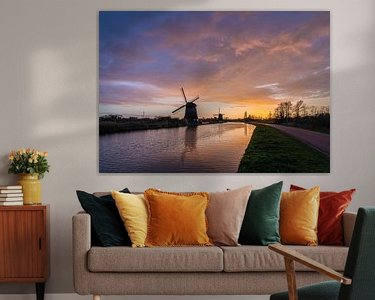




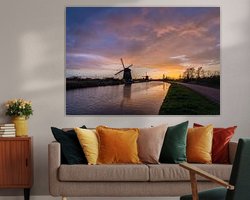

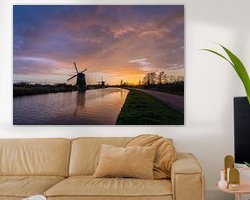


 Alkmaar
Alkmaar Canals
Canals Europe
Europe Mills
Mills North Holland
North Holland Photo wallpaper
Photo wallpaper Photography
Photography Reflections
Reflections Romantic Moments
Romantic Moments Serene Peace
Serene Peace Sunset
Sunset The Netherlands
The Netherlands









